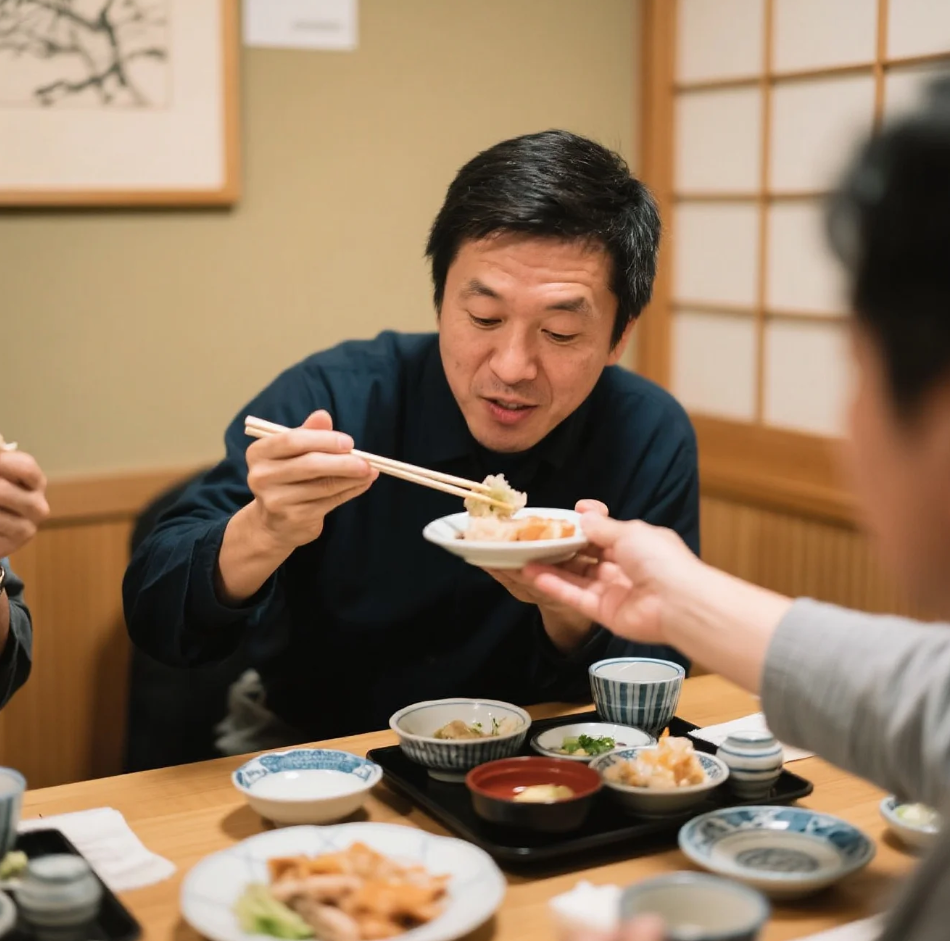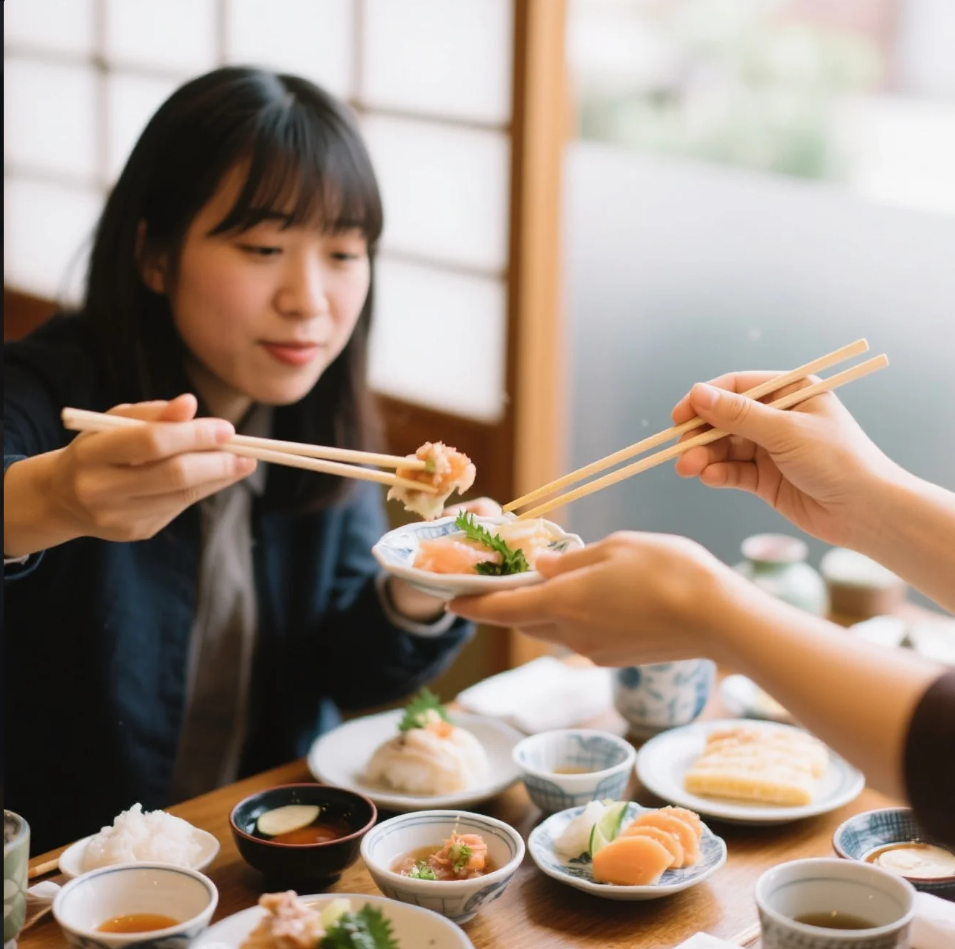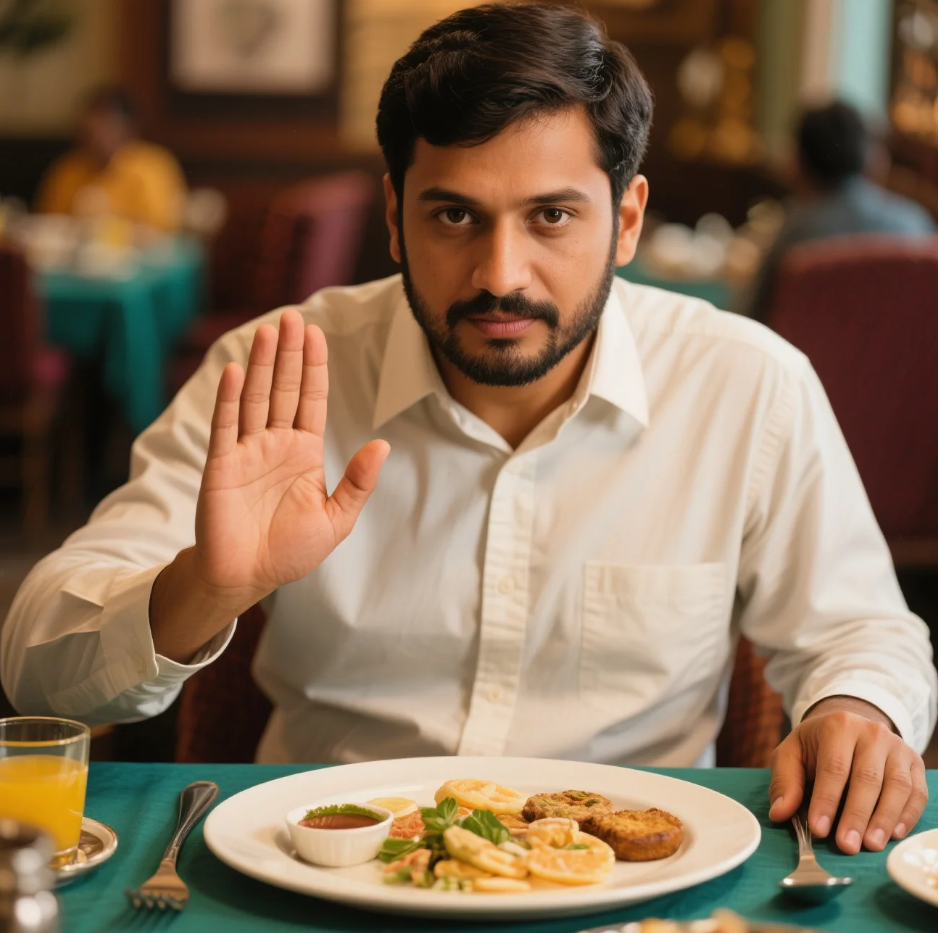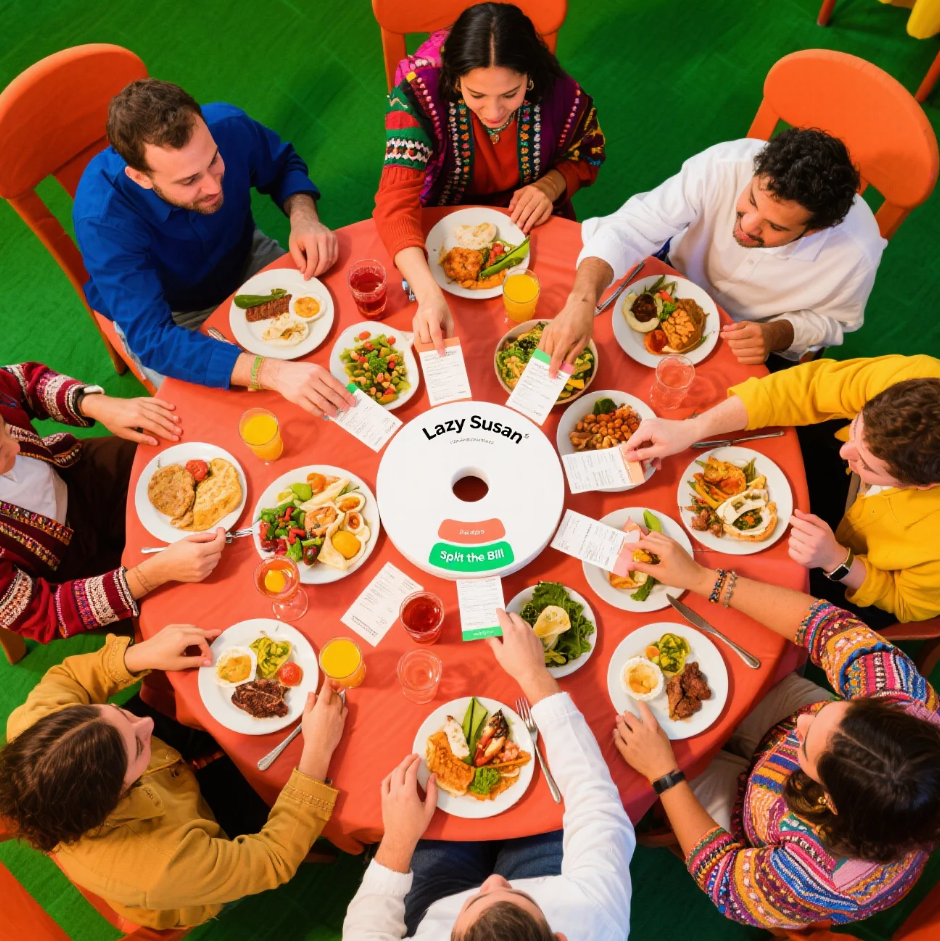When it comes to dining around the world, etiquette varies wildly — from how you hold your utensils to what topics are appropriate at the table. Among these customs, Japan’s table manners are famously precise, and for good reason. If you find yourself dining in Japan or at a Japanese restaurant, understanding the unspoken rules can make the difference between a pleasant meal and an awkward cultural faux pas.
One of the most crucial and widely misunderstood dining taboos in Japan is passing food directly from one person’s chopsticks to another’s. This act might seem harmless or even polite in some cultures, but in Japan, it is strictly avoided. Why? Because this action is deeply tied to traditional funeral rituals and is considered taboo during meals.
In this article, we will explore this dining taboo in detail, its cultural background, and other important Japanese table manners that every visitor should know to enjoy their meal respectfully and avoid unintended offense.
The Chopstick Passing Taboo: More Than Just Table Manners
Passing food directly with chopsticks, or “hashi watashi,” is a practice that in Japan is closely linked with the funeral ceremony custom called “kotsuage.” During a Japanese funeral, family members use chopsticks to pass the bones of the deceased from one person to another after cremation. This solemn and sacred act is a moment of mourning and respect.
Because of this, the exact action of handing food from one set of chopsticks to another at the dining table is avoided at all costs. Doing so outside this ritual is seen as disrespectful and may shock or embarrass your Japanese hosts or dining companions.
Imagine being at a joyful dinner and accidentally replicating a gesture associated with death — it’s no surprise that this taboo is taken very seriously.
What Should You Do Instead?
If you want to share food with someone at the table, here are polite alternatives:
- Use serving utensils: Most traditional Japanese meals provide communal serving chopsticks or spoons. Use these to place food on your own plate, then eat from your plate with your personal chopsticks.
- Serve from your plate: If no communal utensils are available, use your chopsticks to pick up food from a shared dish and place it onto your plate, then hand the plate to the other person so they can serve themselves.
- Offer dishes directly: In some cases, you can pass the entire plate or bowl to the other person instead of food on your chopsticks.
These alternatives ensure that you respect the cultural significance of chopstick usage and avoid any accidental faux pas.
Other Essential Japanese Dining Etiquette to Know
Beyond the chopstick taboo, Japanese table manners include several other important customs worth knowing:
1. Don’t Stick Chopsticks Vertically Into Rice
In Japan, placing chopsticks upright in a bowl of rice resembles a ritual offering at funerals. It symbolizes death and is considered bad luck or even offensive in a dining context. Always place your chopsticks on the chopstick rest or horizontally across your bowl when pausing during the meal.
2. Say “Itadakimasu” and “Gochisosama Deshita”
Japanese meals traditionally begin with the phrase “Itadakimasu,” meaning “I humbly receive,” showing gratitude for the food. At the end of the meal, saying “Gochisosama deshita” expresses thanks to the cook. These phrases are simple but meaningful parts of Japanese dining culture.
3. Avoid Pointing with Chopsticks
Using chopsticks to point at people or objects is considered rude. Instead, keep them on your chopstick rest or carefully place them on your plate.
4. Don’t Pass Food Using Chopsticks Back and Forth
This echoes the main taboo: avoid passing food chopsticks-to-chopsticks. It can be seen as disrespectful or evoke funeral imagery.
5. Don’t Lick or Suck on Chopsticks
This is seen as poor manners. Use chopsticks to pick up food, but avoid actions that could be seen as sloppy or unhygienic.
Table Manners Reflect Cultural Values
Japanese dining etiquette isn’t just about rules — it reflects deep cultural values like respect, mindfulness, and harmony. The way you handle chopsticks, express gratitude, and interact at the table shows your awareness and respect for these values.
Showing an understanding of these customs will enhance your dining experience, build goodwill with your hosts, and even improve how locals perceive you. Food in Japan is a form of art and tradition, and the etiquette surrounding it honors that heritage.

Table Manners Around the World: A Quick Glimpse
Just as Japan has unique dining customs, other cultures have their own fascinating etiquette rules worth knowing:
- China: Avoid sticking chopsticks upright in food; it resembles incense sticks used for funerals.
- France: Keep hands visible on the table but not elbows; bread is broken by hand, not cut with a knife.
- India: Eating with your right hand only is customary; the left hand is considered unclean.
- Middle East: Sharing food from a communal plate is common and a symbol of hospitality.
Understanding these nuances enriches your cultural awareness and helps avoid embarrassing moments when traveling.
Final Thoughts: Respecting Culture One Meal at a Time
Dining customs like the Japanese chopstick passing taboo may seem small or obscure, but they carry deep meaning. When traveling or sharing meals across cultures, respecting such traditions is a powerful way to connect and show appreciation.
Next time you enjoy Japanese cuisine, remember: no passing food with chopsticks, avoid sticking them upright, and always say “Itadakimasu” before eating. These simple acts honor a culture that treasures harmony and respect at the table.
By embracing these dining etiquettes, you won’t just avoid ruining a meal — you’ll enrich your experience and become part of a shared cultural story.


 I’ve always believed that the world is way more interesting than we give it credit for. Somewhere out there, bananas are technically berries, jellyfish refuse to die, and your stomach growl has an actual name. So, I made this site to share those mind-blowing nuggets of knowledge in a way that’s fun, snappy, and just the right amount of unhinged.
Whether it’s diving into the ancient roots of weird words, exploring the strange lives of animals, or just answering those random shower thoughts you’ve had at 2 a.m. – I’m here to yap about it. Loudly. With enthusiasm. And probably too many emojis.
I’ve always believed that the world is way more interesting than we give it credit for. Somewhere out there, bananas are technically berries, jellyfish refuse to die, and your stomach growl has an actual name. So, I made this site to share those mind-blowing nuggets of knowledge in a way that’s fun, snappy, and just the right amount of unhinged.
Whether it’s diving into the ancient roots of weird words, exploring the strange lives of animals, or just answering those random shower thoughts you’ve had at 2 a.m. – I’m here to yap about it. Loudly. With enthusiasm. And probably too many emojis. 













Leave a Reply